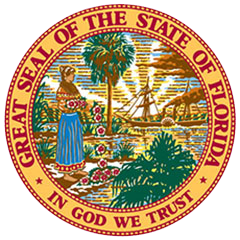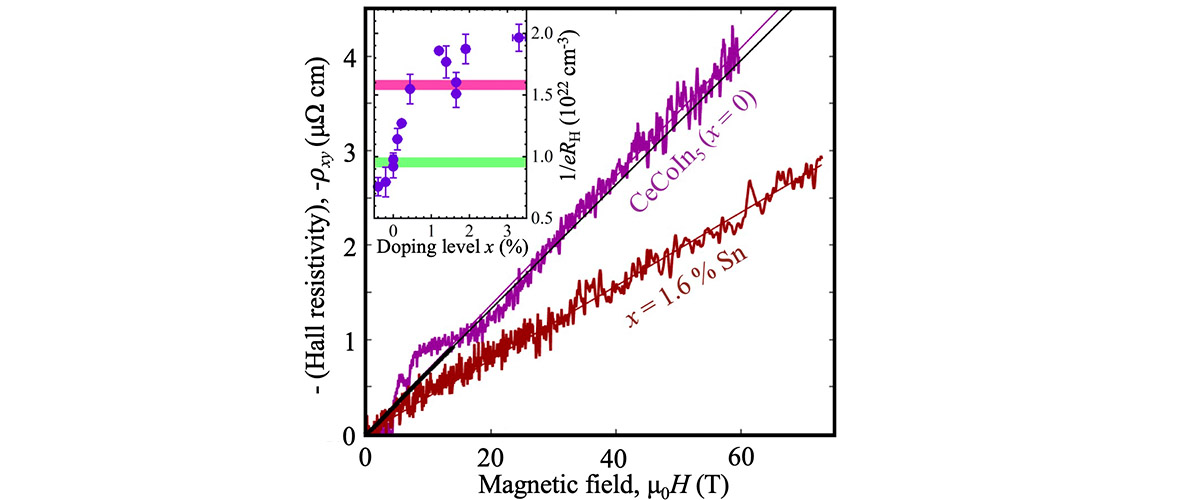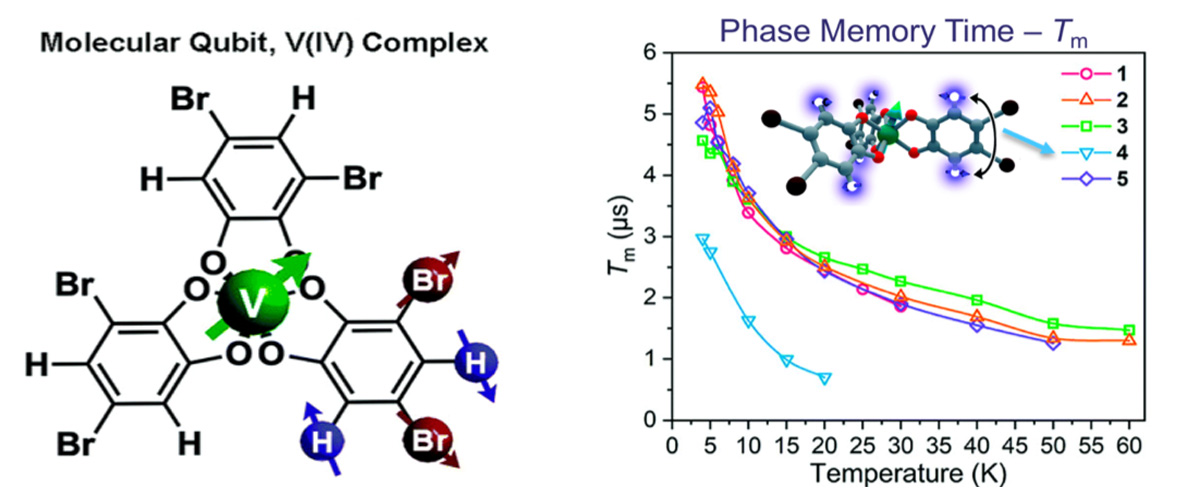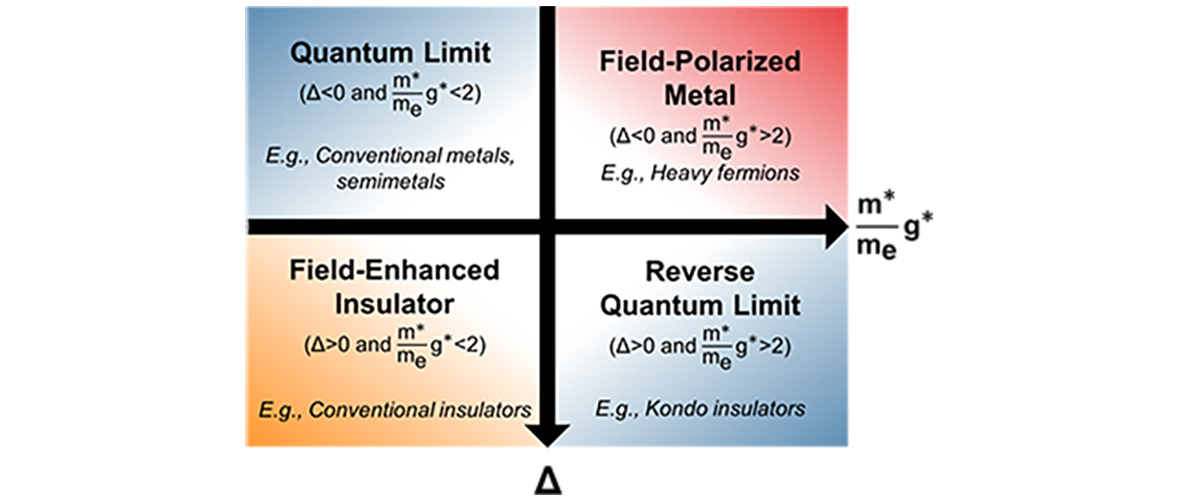Why is this important?
Electrical current can run through a superconductor without dissipating energy, making them invaluable in energy-efficient devices. However, traditional superconductors, typically based upon niobium compounds, work only at temperatures close to absolute zero, restricting their usefulness. By contrast, superconductivity in the cuprate superconductors persists to temperatures of ~100 Kelvin. However, the mechanism behind this behavior remains a mystery.
These new measurements on CeCoIn5, a close relative of the cuprates, show that the quantum phase transition is linked to their superconductivity, likely a vital clue towards the understanding high temperature superconductivity as resulting from proximity to a quantum phase transition.
Who did the research?
N. Maksimovic1,2 D. Eilbot,1,2 T. Cookmeyer,1,2 F. Wan,1,2 J. Rusz,3 V. Nagarajan,1,2 S. Haley,1,2 E. Maniv,1,2 A. Gong,1,2 S. Faubel,1,2 I. Hayes,1,2 A. Bangura,4 J. Singleton,5 J. Palmstrom,5 L. Winter,5 R. McDonald,5S. Jang,1,2, P. Ai,2 Y. Lin,2 S. Ciocys,1,2 J. Gobbo,1,2 Y. Werman,1,2 P. Oppeneer,3 E. Altman,1,2 A. Lanzara,1,2, J. G. Analytis1,2
1Physics, UC Berkeley, USA; 2Materials Sciences Division, Lawrence Berkeley National Laboratory, USA 3Physics and Astronomy, Uppsala University, Sweden; 4National MagLab Tallahassee, USA; 5National MagLab Los Alamos, USA.
Why did they need the MagLab?
Intense magnetic fields drive the samples through phase transitions until the Hall resistance varies linearly with field. Once this straight-line behavior is observed over as wide a magnetic field range as possible, a determination of a sudden change in slope with electron concentation indicates the quantum phase transition.
Details for scientists
- View or download the expert-level Science Highlight, Clues about unconventional superconductivity from high-field Hall data
- Read the full-length publication Evidence for a delocalization quantum phase transition without symmetry breaking in CeCoIn5, in Science
Funding
This research was funded by the following grants: J.G. Analytis (NSF DGE-1752814; Gordon and Betty Moore Foundation GBMF9067), G.S Boebinger (NSF DMR-1644779); P. Oppeneer (Swedish Research Council; K. and A. Wallenberg Foundation Award 2015.006).
For more information, contact John Singleton.






